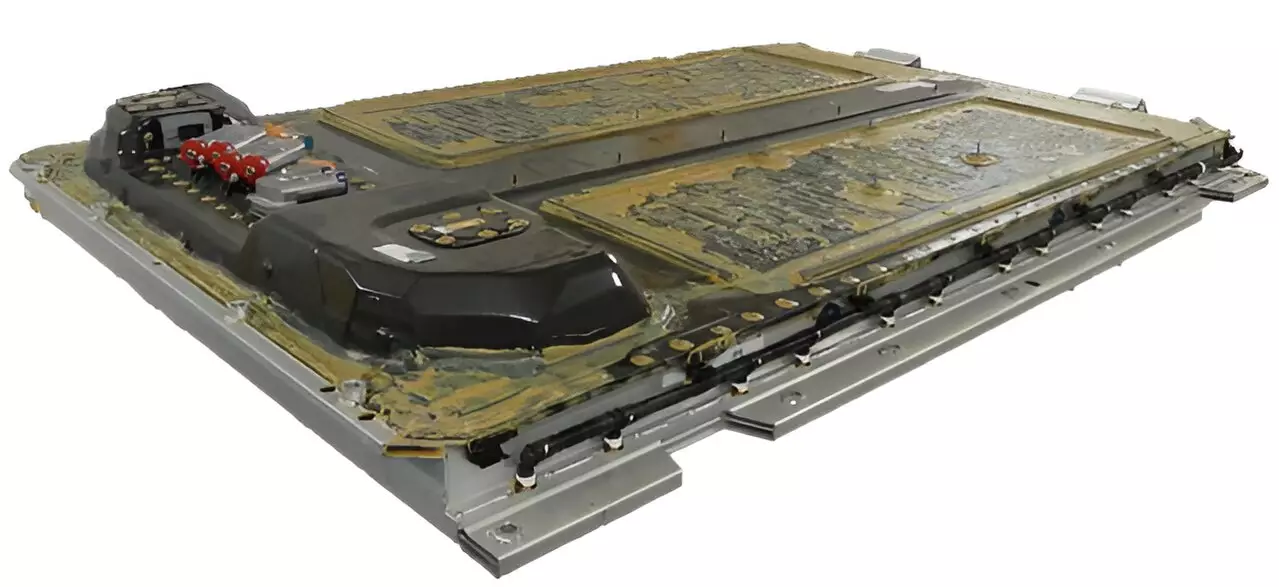The COOLBat joint research project is paving the way for a new era in electric vehicles with its focus on developing next-generation battery enclosures. The primary goal of the project is to create lighter enclosures while reducing the carbon dioxide emitted during the manufacturing process by 15%. By combining innovative lightweight construction principles, advanced materials, and new production methods, the project partners are working towards a more sustainable and eco-friendly solution for battery systems in electric vehicles.
One of the key benefits of developing lighter battery enclosures is the potential to increase the range of electric cars. With a focus on reducing the weight of the enclosures, the COOLBat project aims to enhance the energy density of battery systems. By integrating new lightweight construction methods and packing more functions into a smaller space, the researchers are able to achieve a significant reduction in weight while also cutting carbon emissions. For instance, the use of fiber composite materials has allowed for a mass reduction of over 60% compared to traditional steel enclosures.
Functional Integration and Enhanced Safety
An innovative approach taken by the researchers is the integration of various systems within the battery enclosure to perform multiple functions. For example, cooling channels are cast directly into load-bearing structures, combining thermal and mechanical functions. The base plate, which serves as the cooling unit and underride protection, features aluminum foam and a phase-change material to improve energy efficiency and protect the battery cells from damage. This functional integration not only reduces the weight of the enclosures but also enhances safety and efficiency.
Sustainable Solutions for the Future
In addition to improving energy efficiency and safety, the COOLBat project focuses on developing sustainable solutions for battery enclosures. By replacing heavy, non-sustainable pastes with eco-friendly heat-conductive materials and utilizing bio-based flame retardant coatings, the researchers are enhancing the overall environmental impact of electric vehicles. The design for reuse concept, which allows for the disassembly and reusability of components, further emphasizes the project’s commitment to a circular economy and material reduction.
Looking ahead, the results of the COOLBat project are expected to have a significant impact on various industries beyond electric vehicles. The innovative cooling systems developed for battery enclosures could be adapted for use in trains, aircraft, boats, and even food and medication transportation. The fire protection solutions and lightweight construction materials may find applications in building construction and other industries. With a diverse group of partners involved in the project, there is great potential for industry transfer and widespread adoption of these cutting-edge technologies.


Leave a Reply